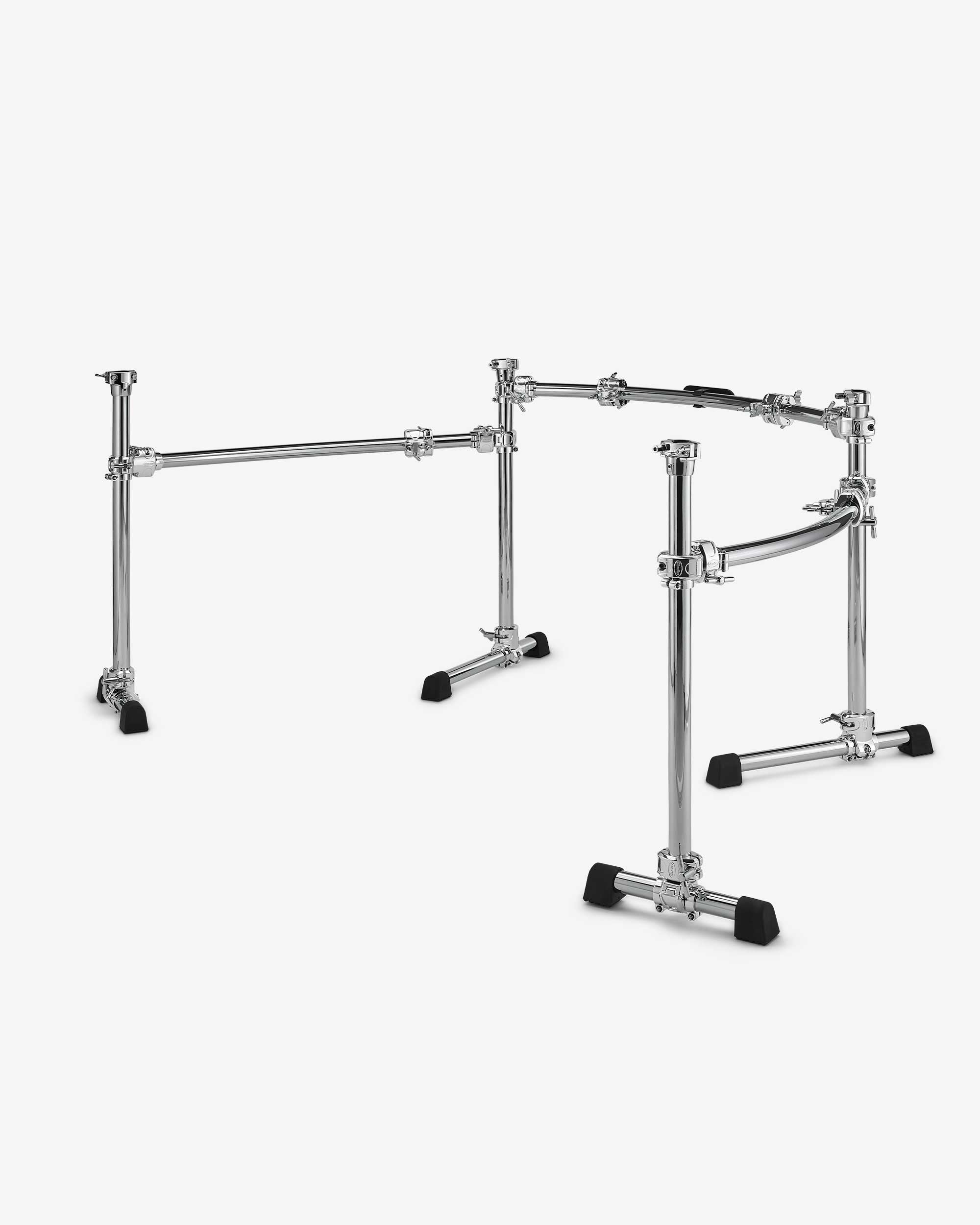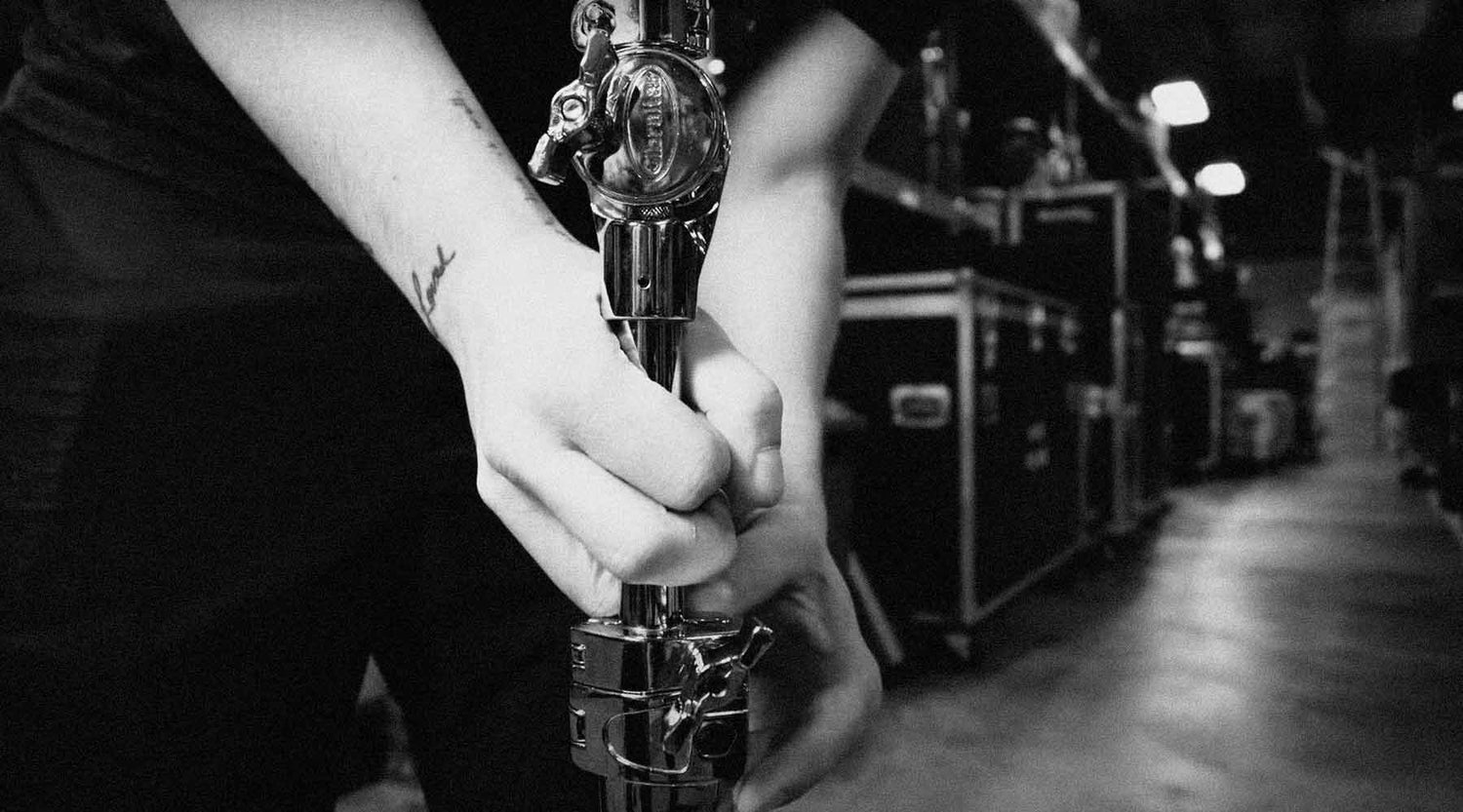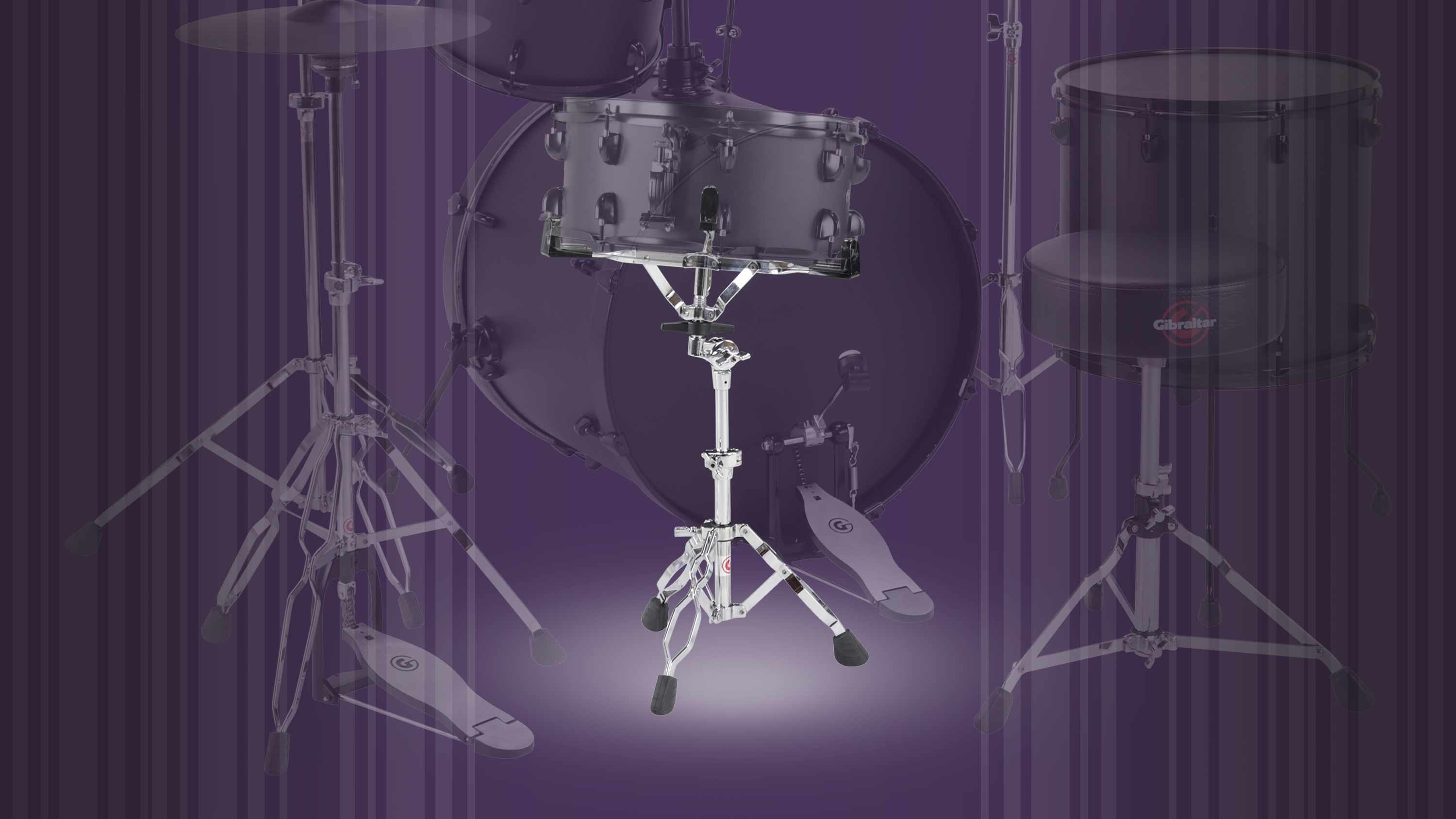Maintenance: “The act of keeping property or equipment in good condition by making repairs, correcting problems, etc.” We all love when our equipment plays and feels great to work with. All is right in our world, until it JUST. ISN’T. RIGHT. It can be a terrible feeling when you don’t have a plan to make it right again, or a clue how to do so. What you need is a procedure that takes care of all the components of the gear you’re working with, and an easy process of elimination of the problem. Here’s a quick guide to keeping your cymbal stands working their best.
Starting at the top of the stand, make sure the wing nut is not stripped. This is important, as it’s what holds everything underneath it together. Next, check to see if the cymbal felts are worn or frayed. Felts can become flattened or distorted in shape from constant use and pressure from the weight of the cymbal, and will not allow the cymbal to lay flat or will let the cymbal turn to an undesired angle when in use. Check to see if the cymbal sleeve is in good shape. A worn or jagged sleeve may prevent the cymbal from moving naturally when struck, and could lead to “key holing” of the cymbal bell or breakage of the cymbal itself. Felts and cymbal sleeves also help the cymbal resonate, and eliminate metal-to-metal contact.
Check to see if the cymbal tilter moves freely and will lock into place. A cymbal tilter must move easily for angle adjustment, and lock solidly in place. There are two types of tilters, geared and brake tilters. Geared tilters feature interlocking “teeth” that lock in a set position. Brake tilters are “gearless” and offer 360 degree positioning, and are fitted with a drum key lock for extra security.
Moving down the tube height adjustment, we have memory locks. Memory locks are small clamps that stay on above each joint of a stand or mount. Once your position is set, tighten the lock and your stand position is replicated every time you set it up. Make sure there is no stripping or broken casting to be sure it will hold its position.
Next, have a look at the tube joint collars. Make sure the nylon bushings are in place. These keep the tube from slipping position while playing, and eliminate metal-to-metal contact. Make sure any wing nuts are in good shape, and replace them if necessary.
Check the tripod base to make sure it opens and closes freely. Lithium lubricant on moving parts will ensure ease of positioning and a long life to the tripod. Make sure the rubber feet are in good condition, as these help keep the stand in place while performing.
Some things to consider for the long haul of your cymbal stands life are to keep spare parts like cymbal felts, sleeves, and wing nuts in your gear arsenal for easy replacement should they become worn or lost. You may also consider using colored tape on each section of your stands for easy identification when the stand is broken down during transport for a quick set up. A quick wipe down with Gibraltar Hardware wipes will help keep the chrome clean and shiny, and let your kit look its best on stage for years to come.







